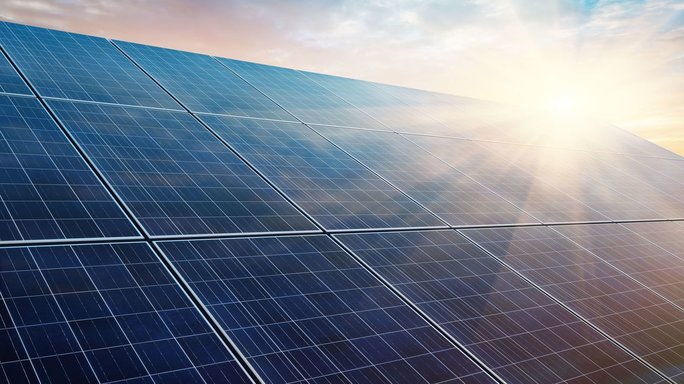Development of prediction algorithms for failures in complex power electronic systems in photovoltaics (VORAUS-PV)

In the VORAUS-PV project (Development of prediction algorithms for failures in complex power electronic systems in photovoltaics), HAW Hamburg and Jade University of Applied Sciences use various methods of data analysis and machine learning to further develop the idea of state-dependent failure rates to failure predictions for individual photovoltaic inverters. The project is led by Prof. Dr. Sarah Hallerberg and Prof. Dr. Sebastian Rohjans.
Challenge
Photovoltaics (PV) play a central role in achieving climate targets. In 2019, it already covered 8.2 percent of gross electricity consumption, generating 46.5 terawatt hours. On sunny days, PV systems can even supply up to 50 percent of the electricity needed. However, this only works if the inverter performs reliably: It converts direct current into alternating current for feeding into the grid and is thus the heart of PV systems. An inverter failure not only reduces the economic efficiency of the system but can also lead to problems such as frequency loss in the power grid. To make a reliable statement about the lifetime of an individual inverter and potential inverter failures, an extensive evaluation on a larger data set is necessary. However, such evaluations do not exist so far. One of the challenges here is to automate the prediction to such an extent that the additional costs incurred are offset by a higher business volume.
Goals and procedure
The goal of the VORAUS-PV project is to develop algorithms that can predict an inverter failure. The large amounts of non-standardized data that an inverter continuously records and feeds into the manufacturer's database serve as the basis for the prediction. This data is provided by the cooperation partner SMA Solar Technology AG, one of the world's leading manufacturers of photovoltaic inverters. Thus, the project also enables a comprehensive analysis of internal data of the inverter as well as data on its individual manufacturing process. The effectiveness of the prediction algorithms will be tested using co-simulation methods by simulating the effects of inverter failures on the surrounding power grid with suitable models. In order to experimentally reproduce the data analysis performed by the algorithms, a hardware-in-the-loop (HIL) test stand for inverters will be set up that enables data collection starting from the stimulation of the inverters.
Innovations and perspectives
The German inverter industry is currently regarded as the world's technological leader. The VORAUS-PV project can help maintain this position despite tougher international competition and even expand it through extended service offerings and improved system solutions. The large volume of usable data is a decisive advantage in this project: Where previous work has examined data from no more than 200 regionally distributed PV systems, a data set of more than two million inverters from more than 300,000 PV systems at globally distributed locations is now available. New business models can be technically and commercially simulated and examined for boundary conditions and feasibility within the framework of the project. The cooperation partner, SMA Solar Technology AG, intends to use the results to develop new data services and offer them on the global market.